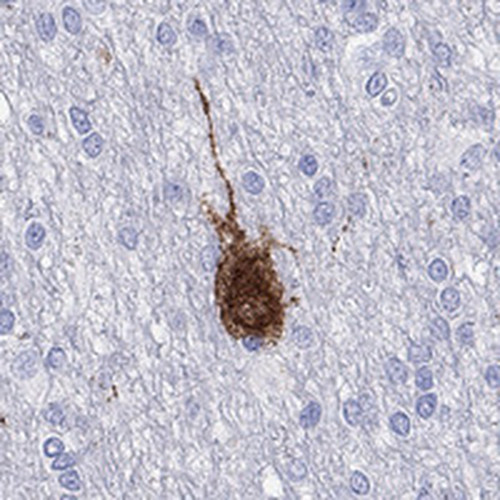The calcium homeostasis regulator (CALHM) gene family encodes pore-forming subunits with four transmembrane domains that form large-pore voltage-gated channels. CALHM1, a member of this family, was identified during research into genes associated with late-onset Alzheimer’s disease, and polymorphisms in the human CALHM1 gene have been reported to correlate with an increased risk of Alzheimer’s disease. Beyond its role in Alzheimer’s pathogenesis, a subset of taste receptor cells, specifically Type II taste bud cells, express CALHM1 and CALHM3, which together form a voltage-gated channel. This channel plays an essential role in releasing ATP as a neurotransmitter at the synapses with afferent nerve fibers.







